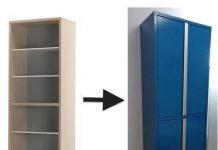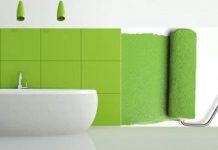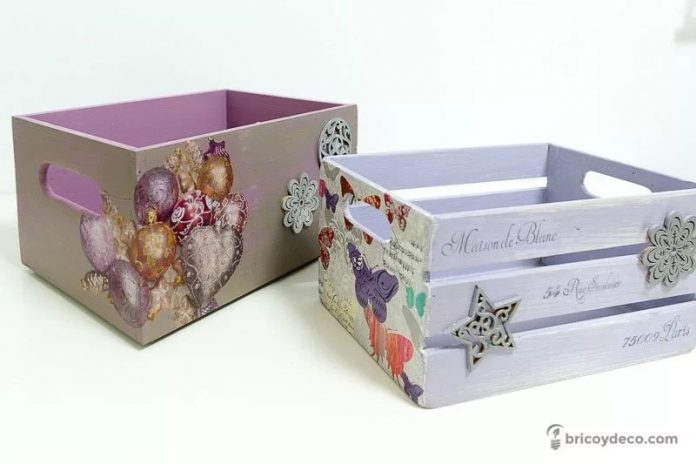
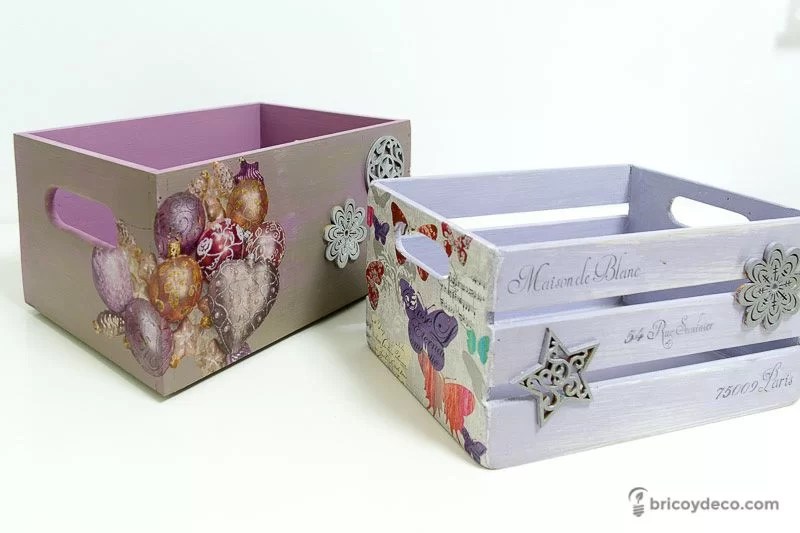
Both are ultra-matte and the most suitable for providing a shabby chic or vintage style to our home, but… are they the same type of paint? What is the difference between paint with milk paint or paint with chalk paint? In this post I reveal the keys so that you learn to differentiate them and choose the most appropriate one according to the DIY project you want to carry out.
Although the finishes of casein paint or milk paint and those of chalk paint or chalk paint may be similar, they contain different ingredients that allow completely different effects to be created. For this reason, the first thing we must know is the composition of both paintings.
What is casein paint or milk paint?
Casein is the protein in milk and the component that is used as a binder to make milk. milk paint (You can see the homemade recipe in this link). This type of paint has been used for centuries, in fact the American settlers took advantage of the milk provided by their cows to make casein paint, decorating the facade of their home with it.
Currently it can be found both in powder format, which has to be mixed with water, or as casein paint cream, which is already ready to use. Precisely the cream format is the last one that I have had the opportunity to try thanks to the two bottles that my friends from Totpint gave me.
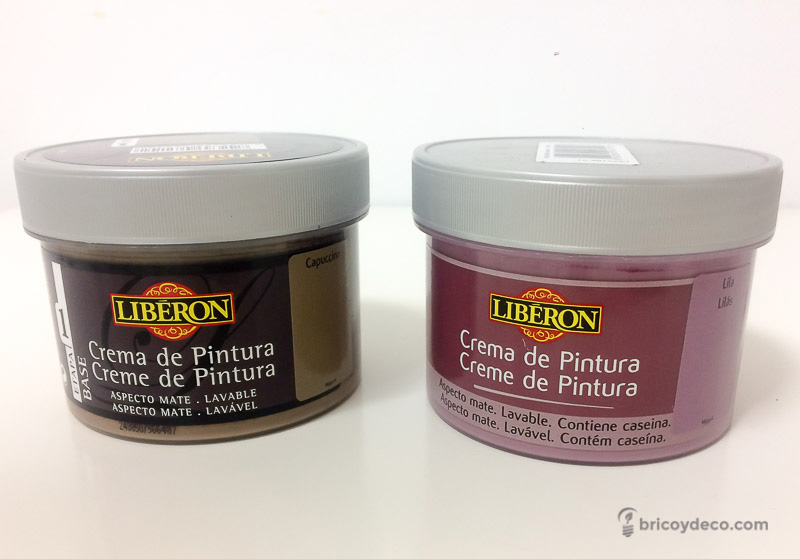
The main characteristics of milk paint are:
- Its texture is light and it is easy to use, making it perfect for beginners.
- It is water-based, facilitating the cleaning of brushes and rollers.
- Its finish is ultra matte.
- On non-porous surfaces it is recommended to use a primer.
- Drying is fast, approximately 30 minutes or less depending on the outside temperature. Repainting is recommended at 4 hours.
- It is very resistant, the first layer acts as a sealant and the second completely covers the support.
- Applying a single coat directly to raw or stripped wood allows subtle graining to show through. In the same way, different shades can be created by repainting only some areas.
- The colors can be mixed with each other giving rise to new combinations.
- It sands easily and with hardly any dust.
- Effects can be created with stains, waxes or patinas.
- Different finishes can be provided with oil, wax or varnish.
Below you can see this untreated wooden box after painting with milk paint, combining two colors such as lilac and cappuccino to create different shades, and applying a satin varnish as a final finish.
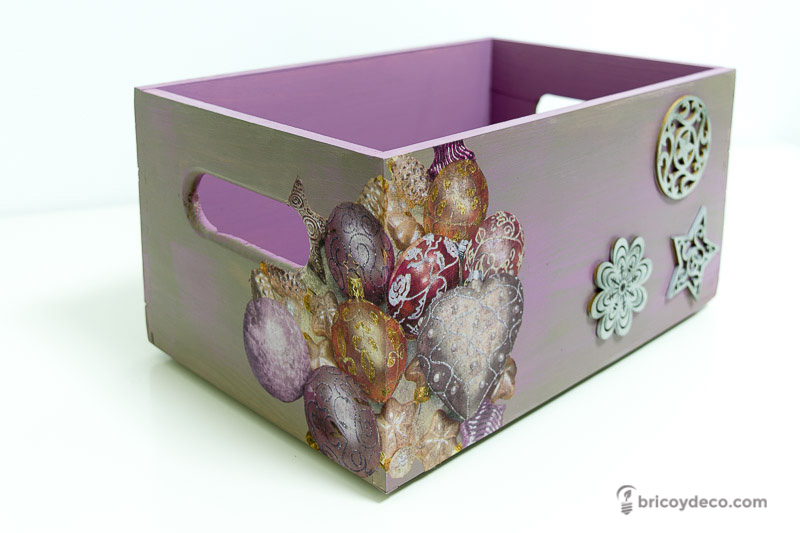
I have also used the decoupage technique to give it a Christmas touch.
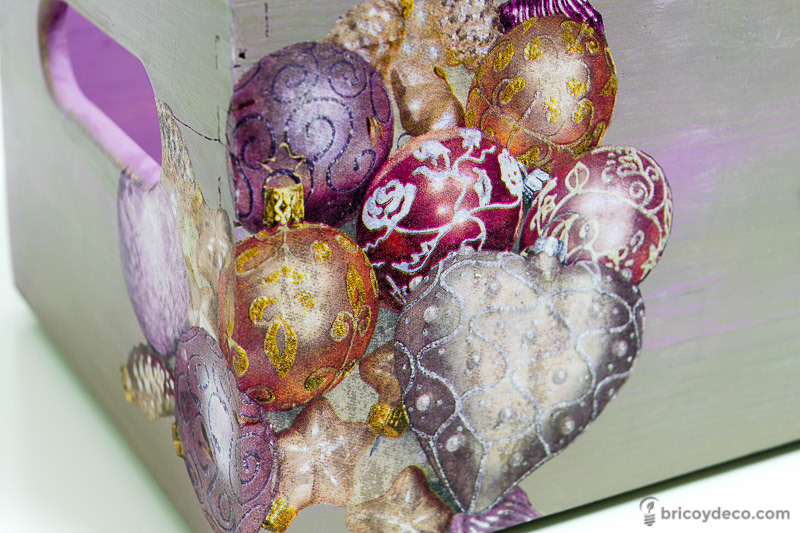
What is chalk paint or chalk paint?
At this point there are few who do not know the chalk paint or chalk paintIn fact, in this blog you can find multiple examples and tutorials of furniture and objects painted with chalk paint, since it is one of my favorite paints when it comes to tuning furniture and objects.
Twenty-six years ago, decorator Annie Sloan decided to develop her own paint to give furniture and objects a second chance in a simple and quick way, without the need for prior preparation (although with exceptions, as you can see at this link). Lime is one of its main ingredients, giving it that dull, silky look.
The main characteristics of chalk paint are the following:
- It has an ultra matte finish.
- It is water-based, facilitating the cleaning of the tools necessary for its application.
- It has very good adhesion on practically any surface.
- Its texture is dense and very covering.
- It is very versatile because it allows a wide variety of finishes: pickling, crackle, etc.
- Different colors can be mixed and matched.
- It is porous and does not form a waterproof film.
- It sands easily although it produces quite a bit of dust.
- It needs to be protected with wax or varnish.
As an application example I have used a wooden box that has been left as you can see below after painting with chalk paint, creating a stripped effect using two colors (purple and white) and applying wax to protect the result.
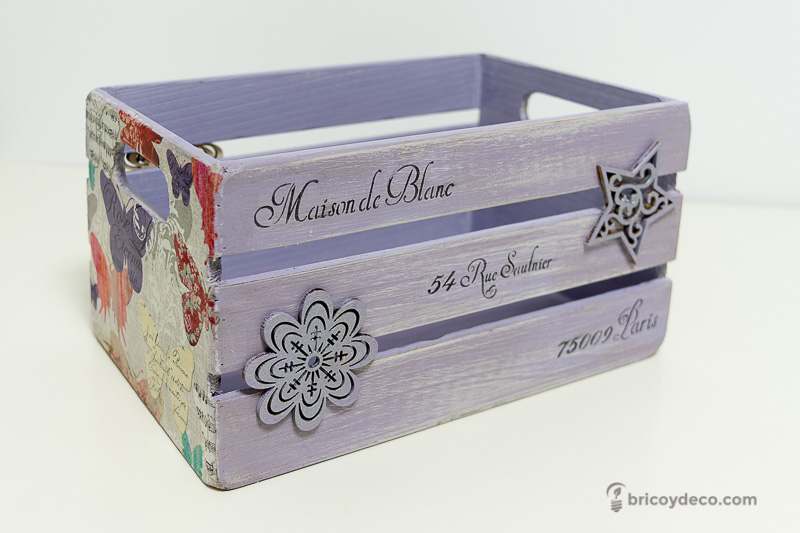
As in the previous example, the decoupage technique has also been used as well as stencil templates to decorate the box.
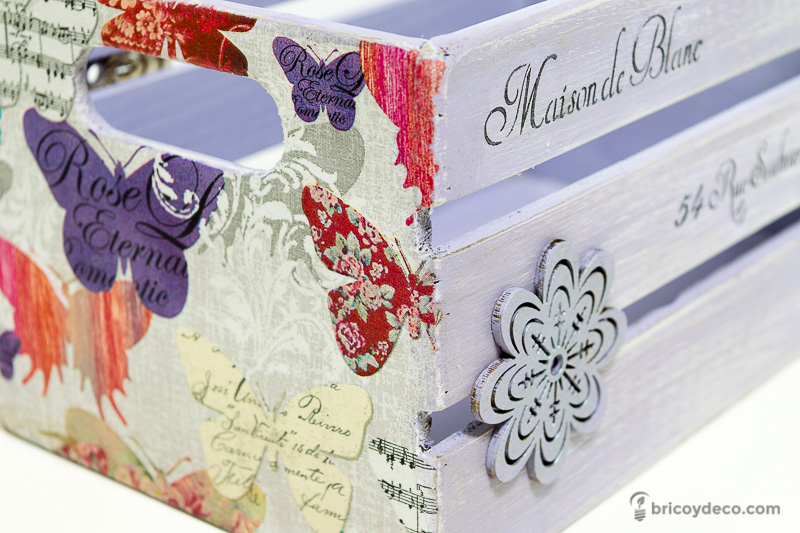
Painting with milk paint or chalk paint, what is the difference?
I particularly love both types of paint and at first I don’t think one is better than the other, although there are differences that can tip the balance when choosing between them.
From my point of view, the Advantages of milk paint compared to chalk paint are the following:
- The powder format remains unchanged for longer than chalk paint, although it expires in a short time once it has been mixed with water.
- Milk paint has a very light texture and is more transparent than chalk paint when applied in a single coat. This feature can be interesting when you don’t want to completely hide the grain of the wood.
- By combining different colors of milk paint, a very subtle variation of tones and shades can be obtained. In the same way that it can be “darkened” and create different tones by applying several layers of a single color. With chalk paint, this effect is more difficult to achieve since, being more opaque, the colors overlap.
- Casein paint has more solid colors and not as pastel as in the case of chalk paint, although this feature can be an advantage or disadvantage depending on our tastes. You can see prices and colors in this link.
- Sanding is very easy with both paints, although milk pain releases much less dust than chalk paint.
- Casein paint acts as a sealant for the wood.
- The casein paint cream that I have tried has a coconut aroma that I love.
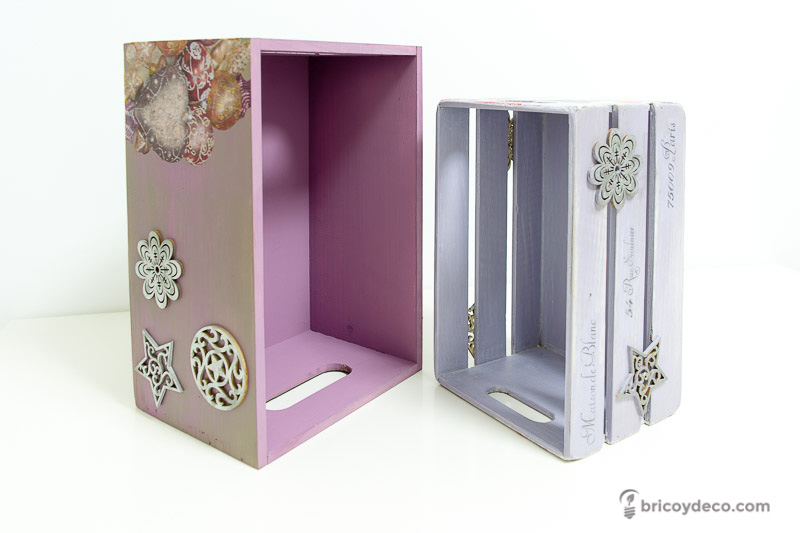
On the other hand, Advantages of chalk paint compared to milk paint are the following:
- The color variety of chalk paint is wider than that of casein paint.
- Chalk paint is more opaque than milk paint, so it is only necessary to apply a single layer, while with milk paint two are recommended to obtain the same result.
- Although both paints dry very quickly (about 15/20 minutes), the repainting time for chalk paint is shorter (1 hour or less compared to 4 hours for casein paint).
- The chalk paint adheres to non-porous supports, although the curing time must be taken into account for a good grip.
- Chalk paint, being porous, allows the furniture to breathe (provided it is not varnished afterwards).
- Chalk paint allows some finishes without using other materials (such as crackle).
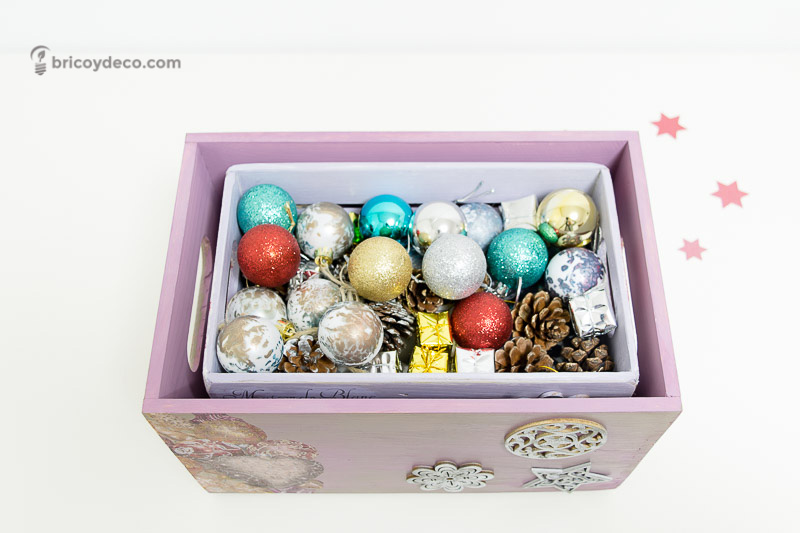
I hope that after this comparison you have enough data to assess whether your next DIY project you are going to paint it with milk paint or paint it with chalk paint. In any case, don’t miss the next posts because I plan to continue testing and experimenting with the casein paint cream to get the most out of it, as well as establish new differences with respect to the chalk paint.
If you liked this post, you can find more DIY guides and tutorials at . Thank you very much for commenting and sharing!

